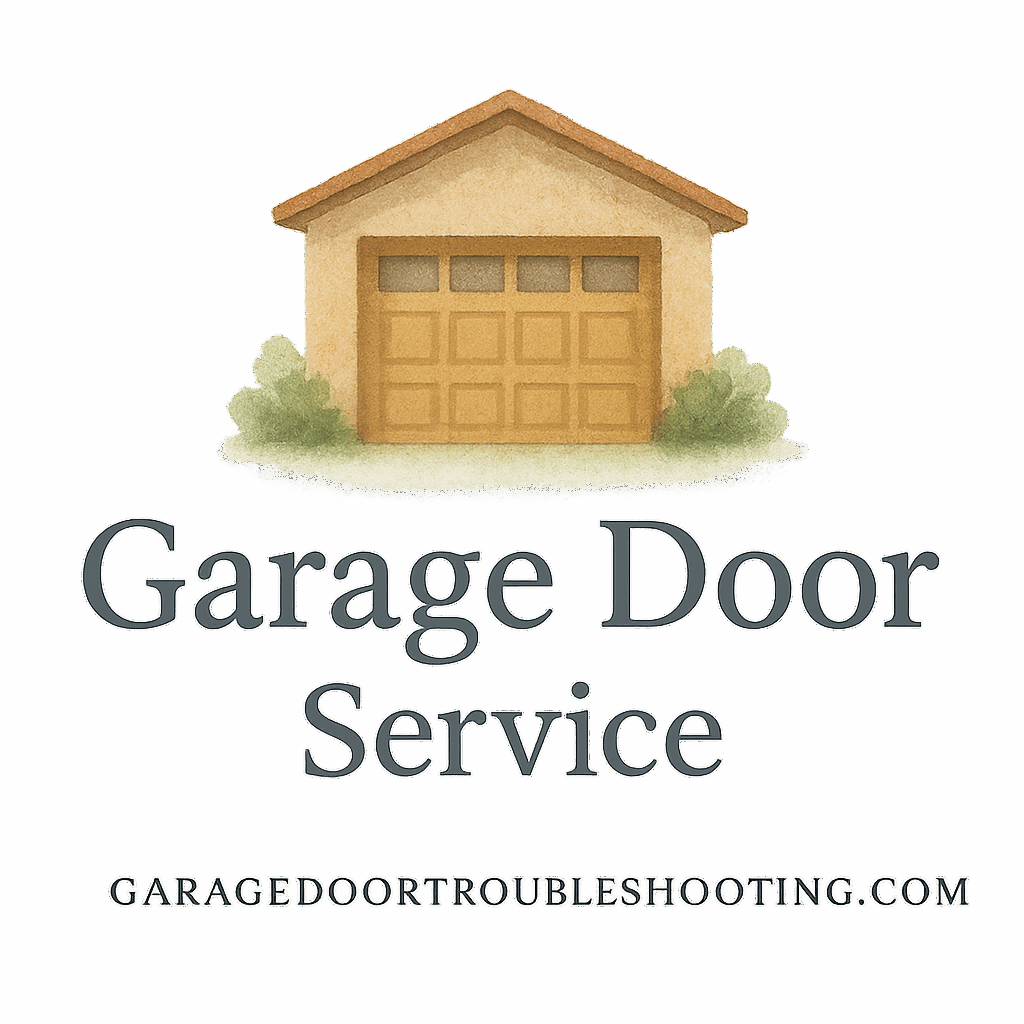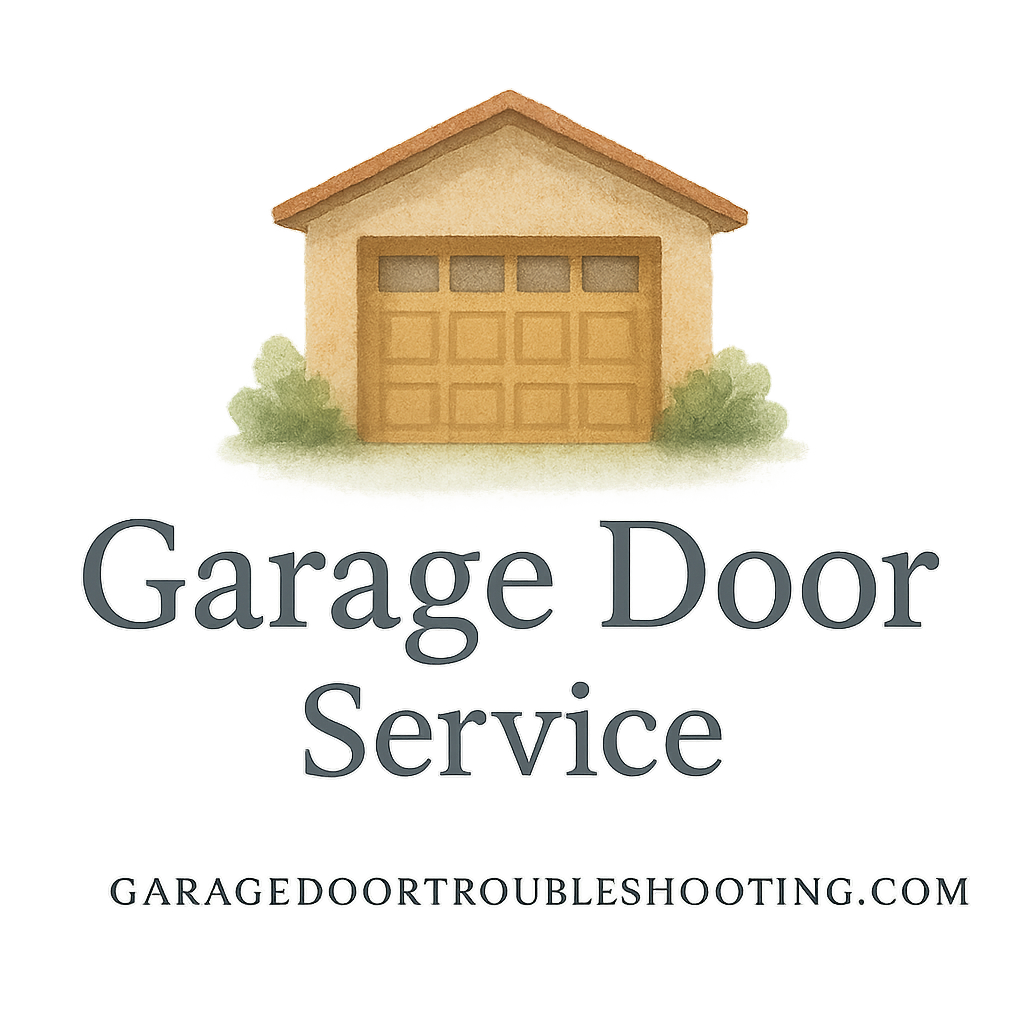Your garage door probably gets more use than your front door. Think about it—you open and close it multiple times a day, right? It’s easy to forget this hardworking part of your home until something breaks. But guess what? With a few simple monthly garage door maintenance checks, you can avoid big repair bills, keep your family safe, and stretch the life of your door system. And the best part? You don’t need to be a pro to do it.
Let’s dive into the six checks you can do yourself—no special skills required.
Why Monthly Garage Door Maintenance Matters
Avoid Expensive Repairs
Neglect is expensive. A simple worn roller or loose bracket left unchecked can lead to a full-blown door failure. Regular checks help you catch issues before they snowball into costly repairs. Think of it like changing the oil in your car—cheaper to do it than ignore it.
Explore more on savings and prevention in our garage door repair guides.
Prevent Safety Hazards
Garage doors are heavy—like 200+ pounds heavy. Without proper care, a malfunctioning system could be dangerous, especially for kids and pets. A monthly habit helps you keep an eye on these safety-critical features.
Visit our section on garage door safety & security to learn more.
Tools You’ll Need for DIY Garage Door Maintenance
No fancy toolbox required here! You’ll need:
- Adjustable wrench
- Phillips screwdriver
- Garage door lubricant spray (NOT WD-40)
- Rag or towel
- Ladder
- Safety gloves
Optional: flashlight and camera for documentation.
1. Inspect Garage Door Panels for Wear and Tear
What to Look For
Give your door panels a good once-over from the outside and inside. Look for:
- Cracks
- Dents
- Water damage
- Rust
- Warping
If you notice anything sketchy, snap a pic for reference.
Linked Guide: Garage Door Repair
Check out our in-depth garage door repair guides for help identifying and addressing damage. Don’t ignore minor issues—they love turning into major ones.
2. Lubricate All Moving Parts
Where and How to Lubricate
Garage doors have tons of moving parts. Every month, lubricate the:
- Hinges
- Rollers
- Springs
- Tracks (lightly)
- Chains or belts on opener (check manufacturer’s recommendation)
Just a small squirt—don’t drench it!
Best Products to Use
Use a silicone-based or lithium-based spray. These won’t attract dust like regular oil. Skip WD-40—it’s a cleaner, not a lubricant.
Learn more inside our garage door maintenance tips.
3. Test the Balance of the Door
How to Manually Test the Balance
This test takes two minutes:
- Pull the release cord to disconnect the opener.
- Lift the door halfway manually.
- If it stays in place, you’re golden.
- If it falls or shoots up, it’s off balance.
That means trouble with the springs or tension.
When to Call a Pro
Don’t mess with high-tension springs. If it’s off-balance, call a pro from our trusted garage door services professionals network.

4. Check and Tighten All Hardware
What to Tighten Monthly
Vibration from daily use can loosen hardware. Grab your wrench and check:
- Brackets
- Hinges
- Roller bolts
- Track mounts
- Spring plates
Tighten any that wiggle but avoid overtightening (especially near glass or aluminum panels).
5. Inspect Weather Stripping and Seals
Easy Fixes for Damage
If you feel a breeze or see daylight under the door, the bottom seal might be shot. Peel it back and look for cracks or hardening.
You can grab a replacement seal kit at any hardware store.
Replacement Options
Need guidance? Our garage door installation advice has tips on choosing new seals that last longer and provide better insulation.
6. Test Auto-Reverse and Safety Sensors
How to Test the Auto-Reverse
This one’s essential if you’ve got kids or pets:
- Open the door fully.
- Place a roll of paper towels under the door.
- Hit the close button.
- Door should reverse immediately when it touches the roll.
For sensors, wave a broomstick across their path while the door closes—it should stop and reverse.
Why It’s Non-Negotiable
A failing sensor or reverse system can be deadly. This is one of those childproof and safety steps you should never skip.
When to Call in a Professional
If you find yourself unsure or if something seems beyond your comfort zone, don’t risk it. Garage doors can be dangerous to fix incorrectly. Instead, contact a reliable garage door services provider.
Creating a Monthly Maintenance Plan
Free Maintenance Checklist
Print out or create a quick checklist with the six steps above. Tape it to your garage wall or add it to your phone calendar. Routine = reliability.
Tag Suggestions for Organization
Use tags to track your maintenance journey:
maintenance,
maintenance plan,
homeowner tips,
garage door
Conclusion
And there you have it—six monthly garage door maintenance checks you can do yourself. These simple habits will save you time, money, and stress. Just like brushing your teeth or changing your oil, taking care of your garage door each month keeps everything working smoothly and safely.
Keep it easy. Keep it monthly. And when in doubt, trust the pros.
FAQs
1. How long do garage doors typically last with proper maintenance?
With regular care, a quality garage door can last 15–30 years, depending on materials and usage.
2. Can I use WD-40 for garage door maintenance?
Nope! WD-40 is great for cleaning but attracts dirt. Use a silicone or lithium-based lubricant instead.
3. How often should I lubricate my garage door parts?
Once a month is perfect. Some high-use homes may need it more often.
4. What’s the most common DIY mistake with garage doors?
Tinkering with high-tension springs. These can be deadly if mishandled—always call a pro.
5. Do smart garage door openers need maintenance too?
Yes! Sensors and connections should be tested monthly along with mechanical parts.
6. What are signs that my garage door needs balancing?
If it slams shut or floats up when opened manually, it’s out of balance.
7. Where can I find trusted garage door service providers?
Right here: Garage Door Troubleshooting Service Pros.


